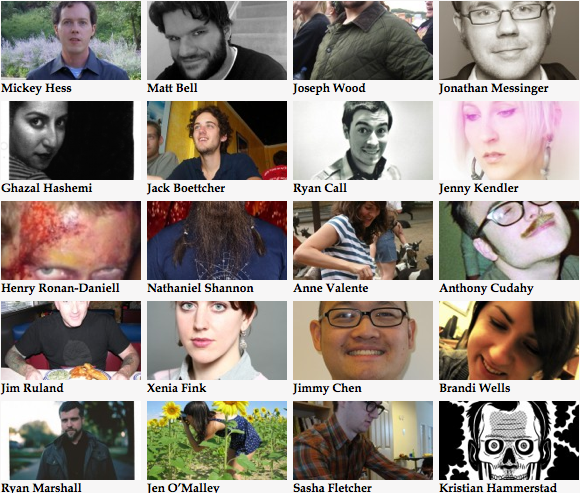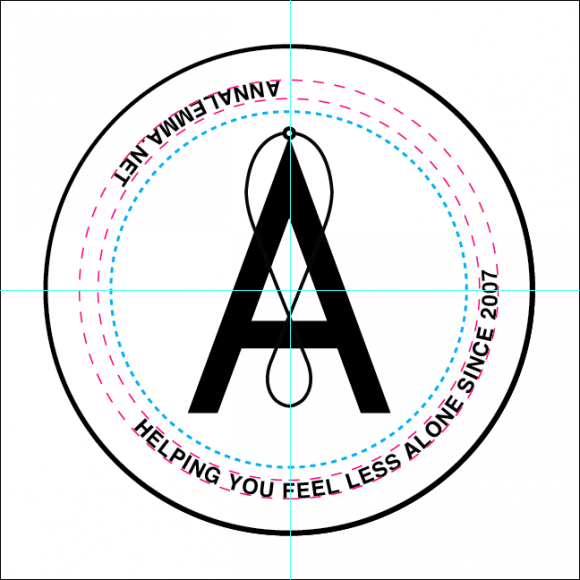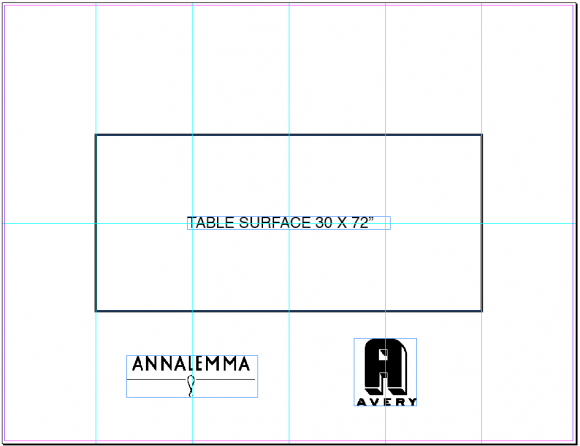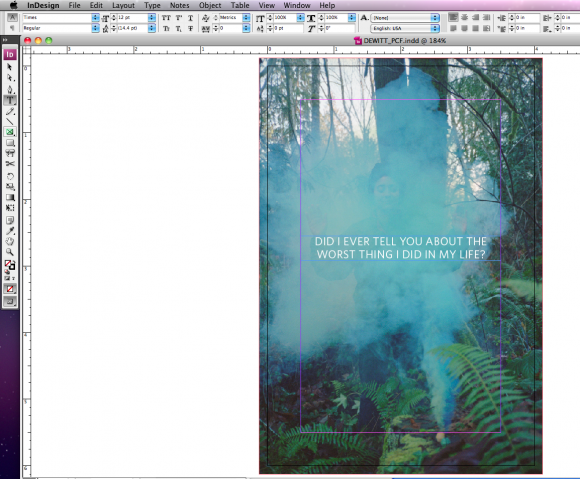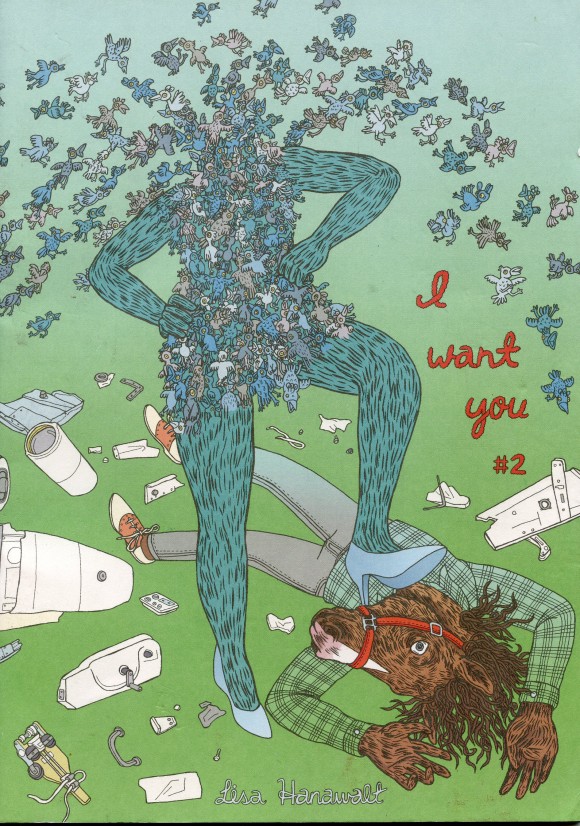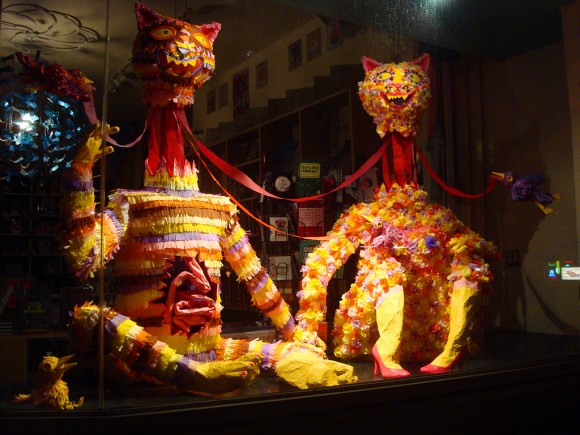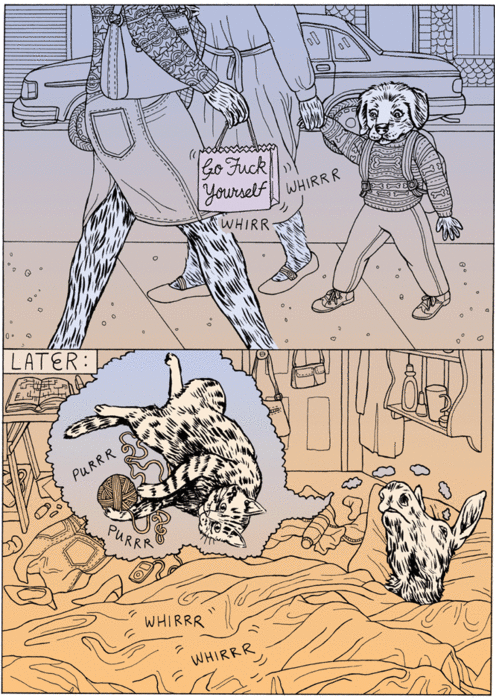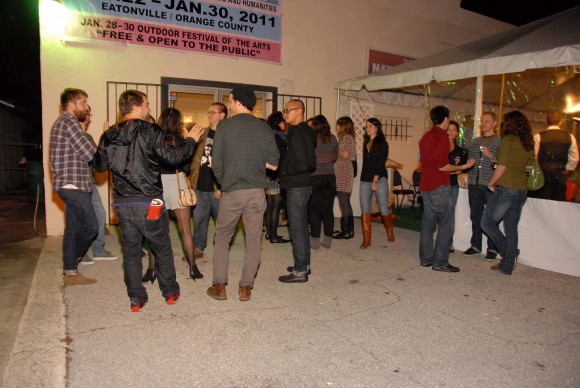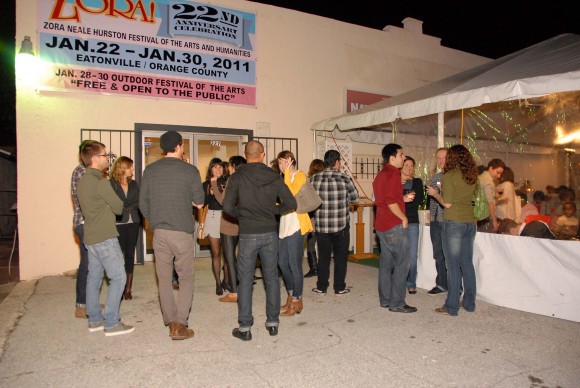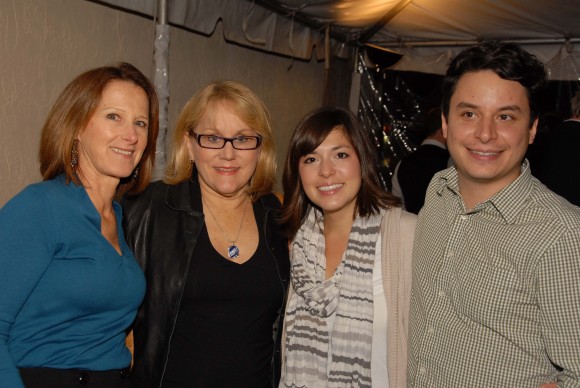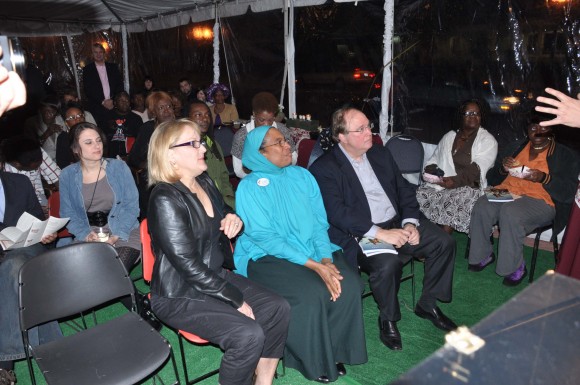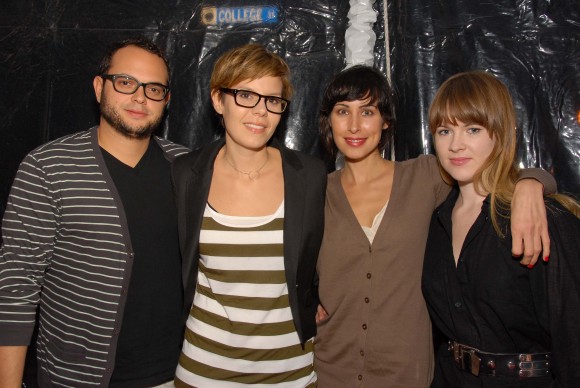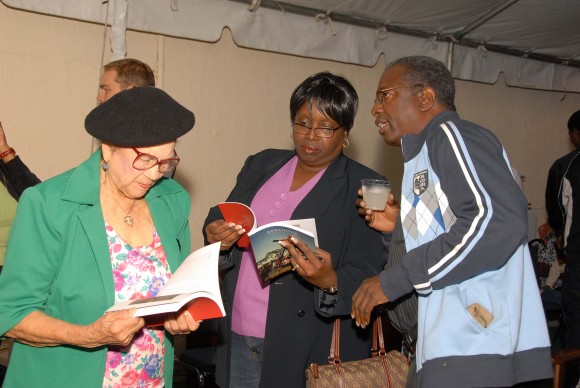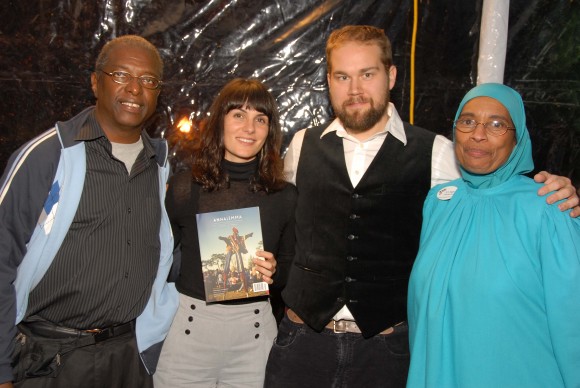
You surface from the Lorimer L stop onto Lorimer and Metropolitan. You walk west towards the droning BQE. Nestled between the hardware stores, cuban restaurants and noodle joints, embedded in the wood siding facades of Williamsburg, Brooklyn, is a weathered white and yellow storefront sign announcing SPARACINO’S BAKERY: ITALIAN FRENCH SICILIAN BREAD. Underneath the subtitle is a less-weathered yellow sign with red lettering reading AND COMIC BOOKLETS. In the storefront window is an art installation lifted from a Roald Dahl fever dream: bright colors and angular shapes, fantastical creatures made of paper, three dimensional sci-fi landscapes and the strange and beautiful creatures that inhabit them. Welcome to Desert Island Comics, an independent bookstore specializing in comics and prints, owned and operated by indie comic guru and Mad Magazine enthusiast, Gabe Fowler. Gabe was kind enough to speak via email concerning the lonliness of the internet and how it’s good to have impossible standards.
1. What’s the Desert Island’s origin story?
I grew up loving Mad Magazine, punk rock, and skateboarding, eventually studied fine art, and spent years working at art galleries. I decided it was time to put all of these interests together in a visual book store. I’ve always loved comics, graphic art, and artists’ books, and thought they would be served well by coexisting in the same environment. I’ve also always loved book stores. After years of obsessing over particular shops, it was fun to design my own and try to address the positives and negatives of other places. I started with little money and looked for a full year for a decent affordable place to rent. And I ended up with the third place I saw!

2. What’s the curatorial process when choosing books to stock?
In keeping with the “desert island” concept, ideally every item in the store should hold interest for a lifetime. Obviously this is impossible, but I think about it when I’m selecting books. If you had to live the rest of your life with this book, would it still pull it’s weight? It’s good to have impossible standards.
3. What helps a book sell? What are some of the more successful books at DI?
If I knew the answer to this one I’d one step ahead of everybody else. There’s a million intangible factors in the hard reality of selling something, especially a poetic product like an illustrated book. Why does anybody buy anything? Long-awaited work from particular artists always sell well. So does nicely handmade work, like sewn binding or screen printed covers. I also do well with limited edition items from known artists, including prints or signed books.
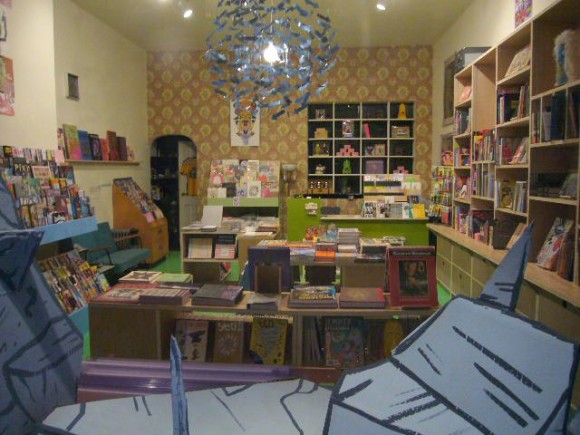
4. Williamsburg has a storied history in the last decade of being both the epicenter of the art/creative world as well as a neighborhood that’s become synonymous with drastic gentrification. What’s it like running a comic book shop there?
Yeah, it still hurts when rich people ruin a creative community by pricing out the artists. It has happened a million times in this town, and it will probably happen to me. Anyway, it’s great to have a comic store in Williamsburg as long creative people still live nearby. Every scene on Earth has originators, participants and spectators, and it’s always the spectators that kill it.
5. How does a brick-and-mortar shop maintain relevance in the age of online commerce? How do you compete with Amazon?
The internet is lonely. My shop is a social place full of surprising stuff, a lot of which you can’t find on Amazon. I host tons of artist signings and provide a place for people to sell their self-published books and prints. There’s tons of reasons why a physical store is not just relevant but crucial.
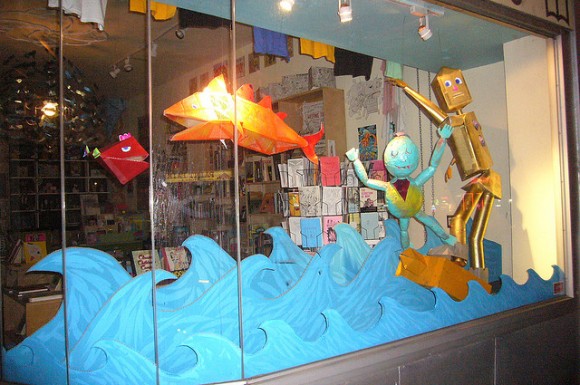
6. Please describe the store mascot.
Do I have a mascot? Maybe you’re referring to the pirate drawing by Matti Hagelberg which has been on my website for a few years. I don’t think I have a mascot, but I’ve been lucky to work with tons of amazing artists over the years on prints and other projects. Hagelberg is from Finland, and I approached him blindly to design a poster for the store when I first opened. With no further instructions, he created a killer geometric scratchboard piece of a pirate holding a hockey stick with a parrot on his nose. This image has been closely associated with the shop ever since.
Desert Island is a now stocking Annalemma Issue Seven: Endurance.













